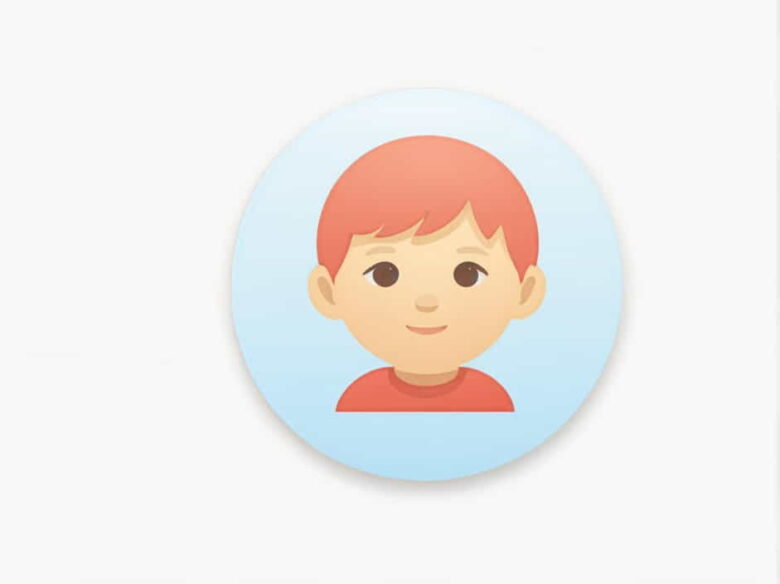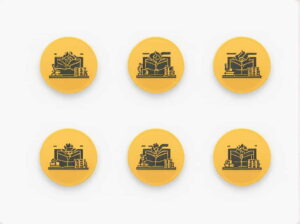Understanding Anecdotal Record Observations
Anecdotal records are brief, descriptive notes taken by educators, caregivers, or researchers to document a child’s behavior, interactions, and developmental progress. These observations help in assessing a child’s cognitive, emotional, social, and physical development. Unlike formal assessments, anecdotal records capture real-time moments in natural settings, offering valuable insights into a child’s learning and behavior.
How to Write an Anecdotal Record
When writing an anecdotal record, it is essential to:
- Be objective: Describe what was observed without personal opinions.
- Be specific: Include details such as date, time, setting, and context.
- Describe actions: Focus on what the child said or did rather than interpreting emotions.
- Keep it brief: Write concise but meaningful observations.
Example of an Anecdotal Record Observation
Observation 1: Social Interaction
Date: February 20, 2025
Time: 10:15 AM
Setting: Preschool classroom, during free playtime
Child: Liam, 4 years old
Observation:
Liam was playing with building blocks at a small table. Another child, Ava, approached and asked, ‘Can I play too?’ Liam looked up and nodded. He handed her a block and said, ‘Let’s build a big tower!’ As they stacked the blocks together, Liam said, ‘Be careful, it might fall.’ After a few minutes, the tower collapsed, and Liam laughed. He said, ‘Let’s try again but make it stronger!’
Interpretation:
Liam demonstrated cooperative play by allowing another child to join in. He showed early problem-solving skills by recognizing the need to reinforce the tower. His reaction to the tower falling suggests resilience and a positive approach to challenges.
Observation 2: Emotional Development
Date: February 22, 2025
Time: 11:30 AM
Setting: Outdoor playground
Child: Sophia, 3 years old
Observation:
Sophia was climbing a small slide when another child accidentally bumped into her. She lost her balance and sat down on the step, looking at the other child. Her lower lip quivered, and she frowned. The teacher approached and asked, ‘Are you okay?’ Sophia nodded but remained quiet. The other child said, ‘Sorry,’ and Sophia responded, ‘It’s okay,’ before continuing to climb the slide.
Interpretation:
Sophia exhibited emotional self-regulation by not crying or reacting aggressively. She demonstrated an understanding of social norms by accepting an apology. Her ability to continue playing indicates resilience.
Observation 3: Language Development
Date: February 25, 2025
Time: 9:45 AM
Setting: Reading corner in the classroom
Child: Ethan, 5 years old
Observation:
Ethan picked up a book about animals and flipped through the pages. He pointed to a picture of a lion and said, ‘This one is big and has a lot of fur!’ He then looked at a picture of an elephant and said, ‘This one has a long nose called a trunk.’ As he turned the pages, he asked the teacher, ‘Why do zebras have stripes?’ The teacher responded, ‘That’s a great question! What do you think?’ Ethan paused and then said, ‘Maybe so they can hide in the grass.’
Interpretation:
Ethan demonstrated curiosity and engagement with the book. He used descriptive language and asked thoughtful questions, showing a developing understanding of the world. His ability to form a hypothesis suggests emerging critical thinking skills.
Observation 4: Fine Motor Skills Development
Date: February 27, 2025
Time: 10:00 AM
Setting: Art station
Child: Mia, 4 years old
Observation:
Mia was using safety scissors to cut out shapes from colored paper. She held the scissors with her thumb and fingers in the correct position. She carefully cut along the lines, adjusting her grip when needed. After finishing, she picked up a glue stick and applied glue to the back of a paper star. She pressed it onto a sheet and smiled, saying, ‘Look! I made a sky with stars!’
Interpretation:
Mia displayed well-developed fine motor skills by handling scissors and glue with precision. Her ability to follow lines while cutting and use glue appropriately indicates strong hand-eye coordination. Her excitement suggests creativity and pride in her work.
Observation 5: Cognitive Skills Development
Date: February 28, 2025
Time: 11:00 AM
Setting: Puzzle area in the classroom
Child: Noah, 5 years old
Observation:
Noah was working on a 12-piece animal puzzle. He picked up a piece and rotated it several times before placing it correctly. He said, ‘This one goes here because it has the same color as the other part.’ After completing the puzzle, he clapped his hands and said, ‘I did it!’ Then, he took the puzzle apart and started again, this time putting pieces together faster.
Interpretation:
Noah demonstrated problem-solving skills and pattern recognition. His ability to remember and apply previous knowledge while solving the puzzle again shows cognitive growth and improved spatial awareness.
Importance of Anecdotal Record Observations
Anecdotal records provide essential insights into a child’s developmental progress. They help educators and caregivers:
- Identify strengths and areas for improvement.
- Plan activities suited to a child’s developmental stage.
- Communicate progress with parents.
- Track long-term growth and changes in behavior.
By consistently recording observations, educators can create individualized learning plans that support each child’s unique needs.



